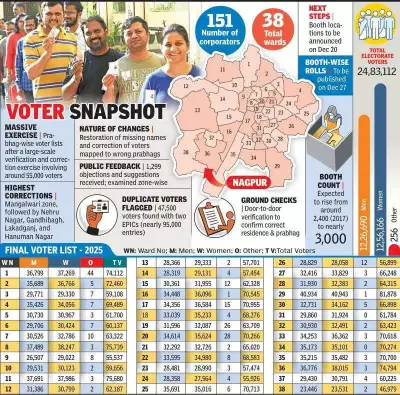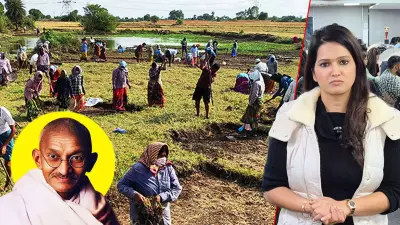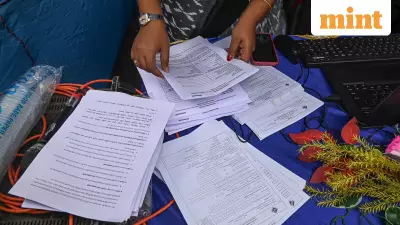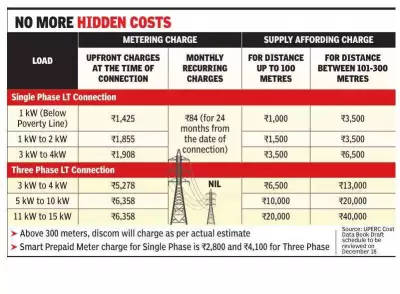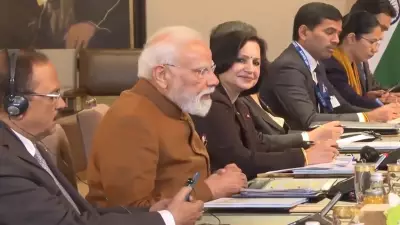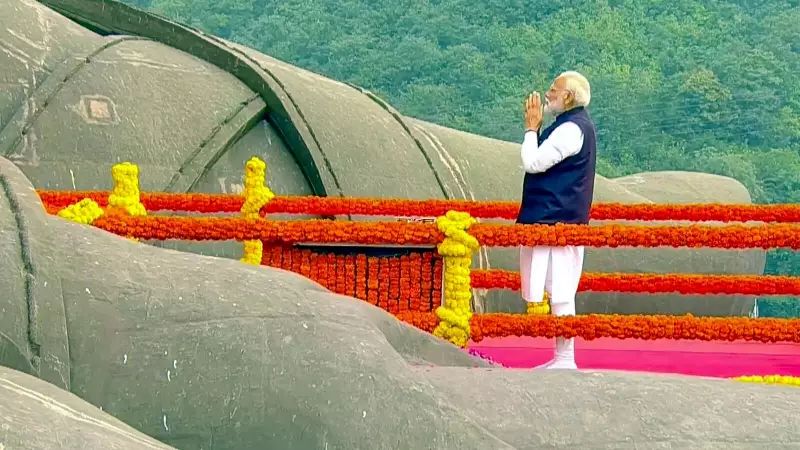
In a solemn and dignified ceremony that resonated with historical significance, Prime Minister Narendra Modi paid heartfelt floral tributes to Sardar Vallabhbhai Patel at the iconic Statue of Unity in Gujarat. The event marked the 150th birth anniversary of India's first Deputy Prime Minister, celebrated as the architect of modern India's territorial integration.
A Tribute to the Iron Man of India
The Prime Minister's visit to the world's tallest statue, standing majestically at 182 meters, wasn't merely a ceremonial gesture. It represented a profound acknowledgment of Sardar Patel's monumental contribution to unifying over 560 princely states into the Indian Union. The morning ceremony saw PM Modi offering floral tributes at the feet of the colossal statue, creating a powerful visual of contemporary leadership honoring historical legacy.
The Significance of the Location
The choice of the Statue of Unity as the venue for this commemoration carries deep symbolic meaning. Located in Kevadia, Gujarat, the statue itself is a tribute to Sardar Patel's vision of a united India. The monument has become a national pilgrimage site, attracting millions of visitors since its inauguration in 2018, and serves as a constant reminder of Patel's statesmanship and determination.
Commemorating Unity and Integration
As the nation observes 'Rashtriya Ekta Diwas' or National Unity Day, the Prime Minister's tribute reinforces the government's commitment to Sardar Patel's vision of a strong, integrated India. The ceremony highlighted how Patel's diplomatic acumen and firm resolve prevented the fragmentation of the newly independent nation, earning him the enduring title of 'Iron Man of India.'
The event also showcased the continuing relevance of Sardar Patel's principles in contemporary governance. His emphasis on administrative efficiency, national security, and economic self-reliance continues to inspire policy frameworks and national development initiatives.

